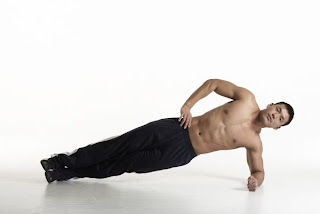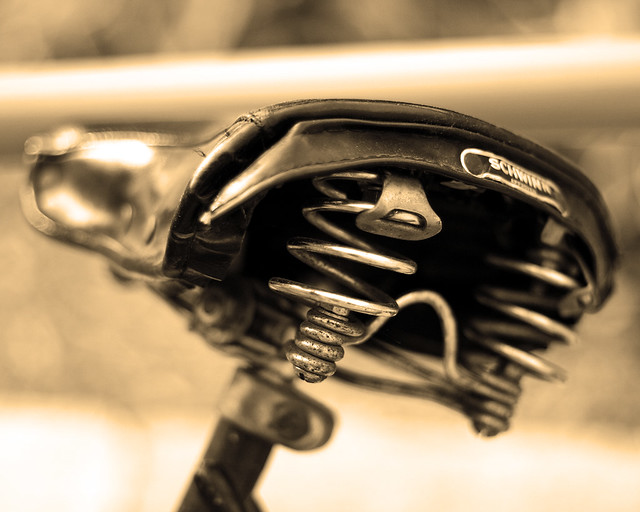After a successful part 1 and 2 as seen by our readers, CL from FitnessLab concludes the Edition with a part that is must read for al.. Enjoy and Stay Dirty!
The Core of the
Matter pt 3
In our last
addition to core training for cycling, we put the last piece of the puzzle into
our equation and that is the scapula-humeral joint stabilization. This
articulation is made up of the scapula, shoulder girdle and shoulder joint.
Together these work together to stabilize the upper portion of our “core”
providing a stable platform for our arms to work from.
Even though
our arms don’t actually contribute a whole lot to cycling propulsion and power
output they do lend themselves to support our upper body maintaining a strong
posture when we are cycling. As we know, when our posture/form deteriorates,
our performance is sure enough the next thing to go. Therefore we need to train
our shoulder stabilizers so that the arms maintain the posture ensuring optimal
performance.
Our shoulder
stabilizers are comprised of a few muscles namely; the rotator cuff, Serratus
Anterior and lower Trapezium. Despite the strong collection of muscles aiding
in shoulder stabilization, the shoulder joint is still quite an unstable
junction and susceptible to injuries mainly impingement. Impingement injuries
are a rarity in cycling but due to the hunched over posture encouraged through
cycling, exercises that counter this posture are needed to ensure muscular
balance in the body. So even though
these exercises may have no direct influence on our cycle performance, they
will help maintain our muscle balance between front and back thus preventing
possible injury later done the line. We can refer to this as prehab training.
There are
three exercises that we will focus on when training the shoulder stabilizers.
External rotation, Scapular doming and wall slides. These can be performed
prior to your strength workout and are great to warm the shoulder joint up if
the focus is upper body.
The external
rotation is an exercise we use to help counter balance the shoulder joint
muscles as internal rotation is the prominent position the shoulder finds
itself when holding the handlebars. So to prevent dominance of theses muscles
we must train their counter movers (antagonists) to maintain shoulder health.
This is our prehab training preventing future imbalances or injuries.
 |
| External Shoulder Rotation |
The scapular doming exercise not only
encourages upper back mobility through the hollowing and rounding of the
thoracic vertebra but it trains the Serratus anterior muscles to keep the
scapula fastened to the ribcage. If the
scapula is allowed to lift away from the ribcage, it upsets the surrounding
muscles’s length and tension with their corresponding bones and joints. This
will result in a dominance of other muscles around the shoulder joint which
compromises the shoulder joint’s stability and mobility.
 |
| Scapular Doming |
Lastly, our
wall slide exercise combines both training of the external rotators of the
shoulder and the Serratus anterior. If performed correctly it also minimises
the use of the upper Trapizuim muscle which often overrides weaker and
untrained shoulder and upper back stabilizing muscles. Our neck pain that we
get from cycling is often related to stiff and tight upper traps. Minimising
the involvement f these muscles during cycling goes a long way to ensuring a
strong posture and improved performance.
 |
| Wall Sliding |
Each exercise
can be performed twice with 15-20 reps with 100% correct form.
Happy riding!








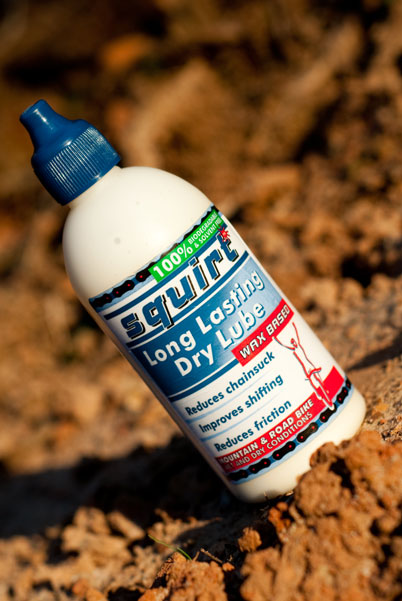
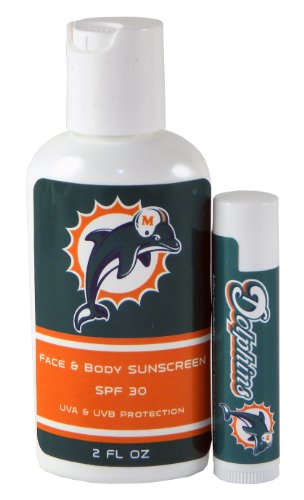

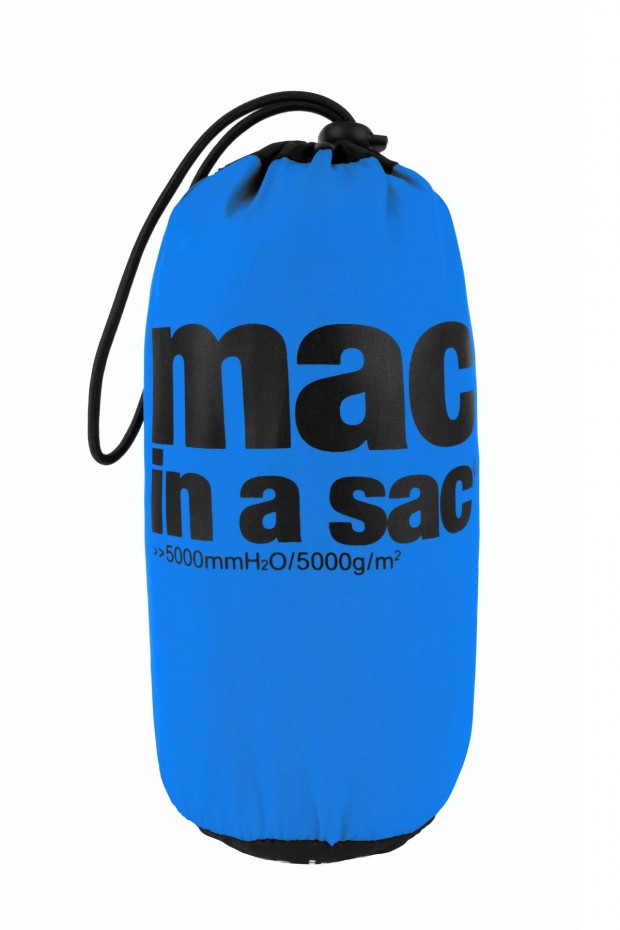





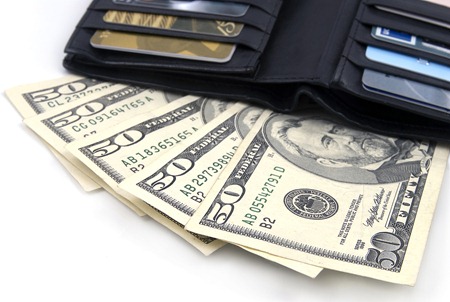
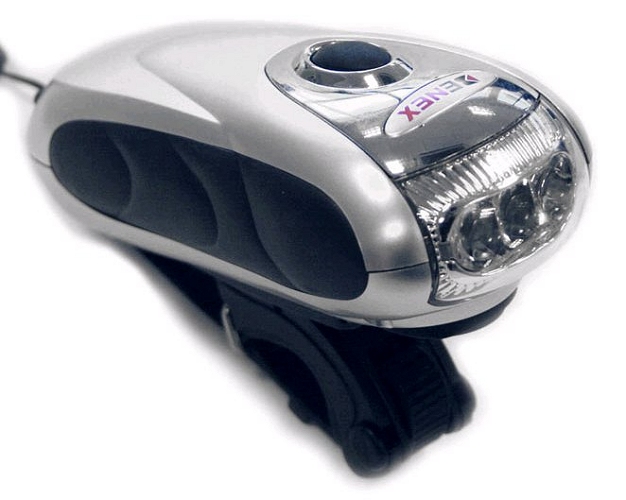

.jpg)
.jpg)

